By David Weiss
There are many people wondering why this offseason has been so slow. If you look at the ESPN list of top free agents, it is clear that something is off. With just a matter of days until pitchers and catchers report, it is shocking how many top tier players are still available. To date, only 3 of the top 11 free agents have been signed. While there are several reasons for this, the big one cannot be ignored. These players are often just not worth it.
For the past two decades, player salaries have skyrocketed. In 2017 there were 123 players who earned an eight figure salary. Within this group there were 33 players who earned $20 million or more. The numbers are astronomical and until this offseason no one saw a decline coming. However, the analysts have noticed many of these megadeals simply aren’t worth it.
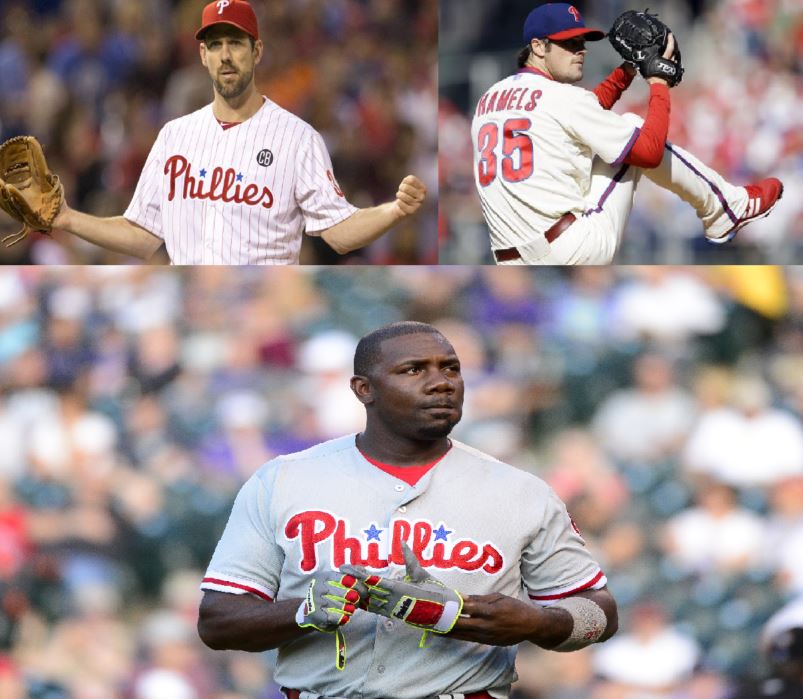
First, the term ‘megadeal’ needs to be defined. To keep things simple, I defined it as contract in which a player gets at least $100 million. In order to keep things uniform, I decided to use WAR as the stat to judge all players. It is a good stat that can be used for both pitchers and hitters. The results are interesting.
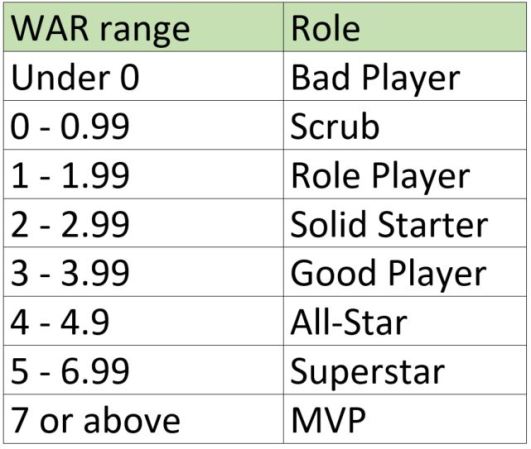
Since 1999, 61 players have signed megadeals. With the exception of Masahiro Tanaka, all had prior MLB experience. The Average WAR for the walk season (last season before signing the contract) was 5.5 and 4.6 for the season before that. The average age of a player who signed a megadeal is 29 in his first season. The youngest being 23 (Mike Trout) and the oldest being 34 (Kevin Brown). Here is how each year of the contact plays out on average:
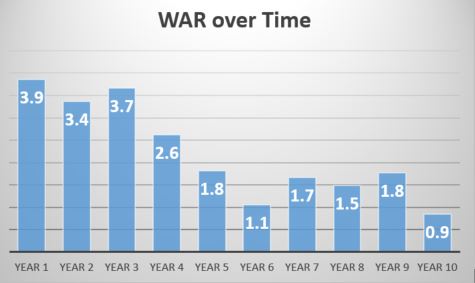
We can see that players typically have three good seasons. By the fourth they decline. By year five and on, they are usually pretty bad.
The next thing to look at is the average WAR per player per season. This measures the average season while the player is under contract:
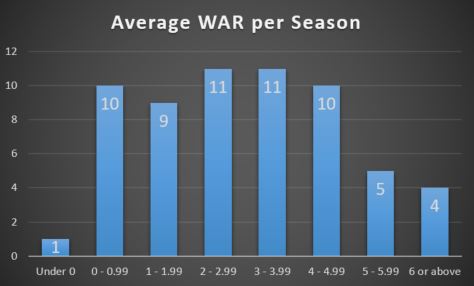
Here we see that that most players who are signed to megadeals can be classified as anywhere from average to good ballplayers over the course of their contracts. However, most are not stars. The number of players who average under 2 (20 players) is astonishingly high. More than twice as many were in this group as oppose to 5 and over (9 players). In other words, these players have a greater probability of being a borderline starter than a star.
The next question to ask is how the team does. Perhaps it is worth it so long as the team is winning. Do these players increase their teams win total? More importantly, teams that go all in financially expect to play in a World Series. How often does this happen? A further analysis of these 61 players shows that a team that has this megadeal player is on average going to win 84 games per season. In other words, this is a good team but not likely to make the postseason. If we add up all seasons in which a player had a megadeal, these 61 players have played 303 seasons. It is shocking how few have played in the World Series. 44 of these 61 players (72.1%) have not played in a World Series while under contract. True many are ongoing contracts, so this number can change, but never the less the money isn’t buying glory. Additionally, only 12 (under 20%) of players have played for the winning team in the World Series at least once during their tenure.
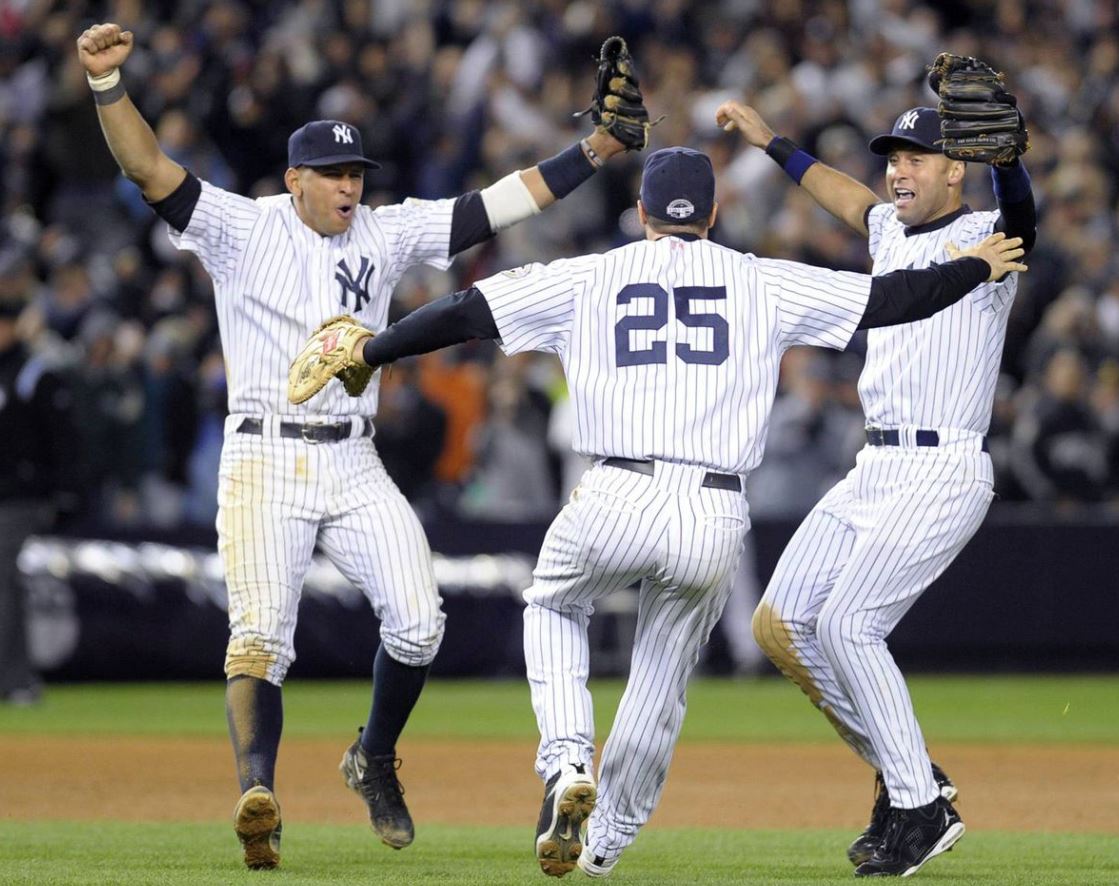
The conclusion front offices are making is simple. Be very careful when offering a megadeal. About half of all players who signed megadeals were average players over the course of their contracts with some being major liabilities. Guys like Mike Hampton, Barry Zito, Carl Crawford, Ryan Howard and Matt Kemp have been epic flops. A megadeal generally means that teams can expect only about three good seasons from the player. After that you are lucky to get much value. As time goes on, we will have more data and can make better judgements before demanding our team gets involved in a megadeal. As Mets fans, we have seen three such deals before the Mets inked Yoenis Cespedes. The only one that turned out to be really good was Carlos Beltran. The Santana deal was a disaster after the third season and Wright was good for two seasons before he got injured.

We do not yet know the long term ramifications. Could it be that these long term megadeals will become a thing of the past? Perhaps teams will be willing to pay more per season but for shorter periods of time. That is what Sandy Alderson did when he gave Yoenis Cespedes a $110 million contract but only for 4 years. To date, that is the last time a player signed a contract worth over $100 million. Many expect Eric Hosmer to be the only player to get a megadeal this offseason as he is only 28 years old. Only time will tell.
(David Weiss is a lifelong Mets fan. He has lived in Israel since 2008 and runs the Facebook page ‘Jewish Mets Fans’.)

Leave a comment